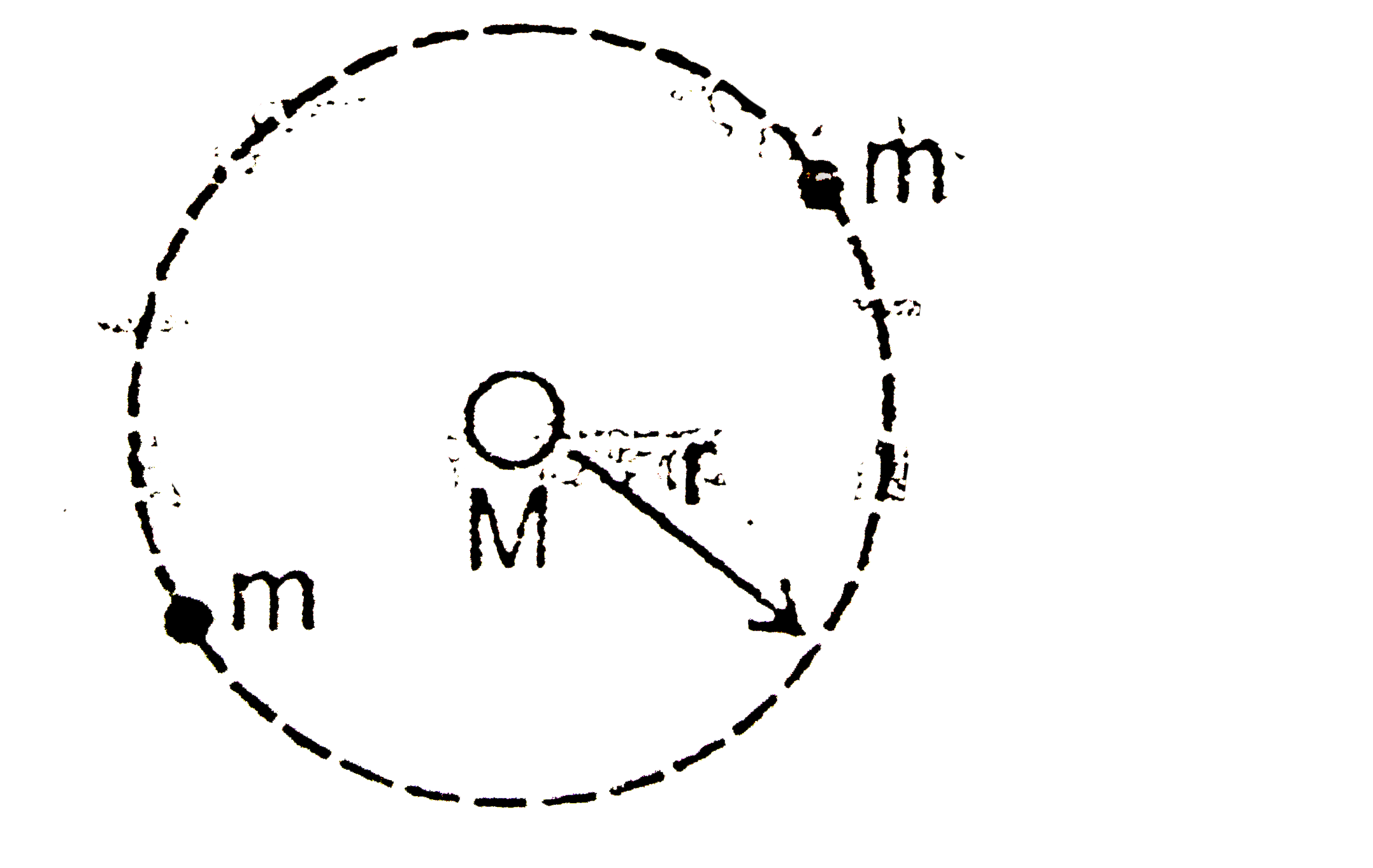Our star sun lies
In the centre of Milky way
In one of the spiral arms from centre of Milky way
At a distance of light years from center of Milky way
Both B and C
The correct Answer is:D
Step-by-Step Solution:
1. Understanding the Position of the Sun: The Sun is a star located in the Milky Way galaxy. It is important to clarify that it is not at the center of the Milky Way.
2. Distance from the Center: The Sun is approximately 25,000 light years away from the center of the Milky Way galaxy. This distance is crucial for understanding its position within the galaxy.
3. Location in the Galaxy: The Sun is situated in one of the spiral arms of the Milky Way galaxy. Specifically, it is located in a region known as the Orion Arm, which is a minor spiral arm located between two major arms of the Milky Way.
4. Conclusion: Therefore, the correct statement regarding the position of the Sun is that it lies in one of the spiral arms of the Milky Way and is approximately 25,000 light years from the center of the Milky Way.
5. Final Answer: The correct answer is both B and C: the Sun lies in one of the spiral arms from the center of the Milky Way and at a distance of 25,000 light years from the center of the Milky Way.
Topper's Solved these Questions
- HUMAN EVOLUTIONBOOK - DINESH PUBLICATION ENGLISHCHAPTER - HUMAN EVOLUTIONEXERCISE - Check Your Grasp
10 Videos
- GROWTH, REPAIR, REGENERATION AND AGEINGBOOK - DINESH PUBLICATION ENGLISHCHAPTER - GROWTH, REPAIR, REGENERATION AND AGEINGEXERCISE - Brain Teasers-VI[B]
6 Videos
- HUMAN HEALTH AND DISEASEBOOK - DINESH PUBLICATION ENGLISHCHAPTER - HUMAN HEALTH AND DISEASEEXERCISE - CHECK YOUR GRASP
17 Videos
Similar Questions
Knowledge Check
Certain extremely dense neutron stars are believed to be rotating at about 1 rev/sec. If such a star has a radius of 20 km, the acceleration of an object in m//sec^(2) on the equator of the star will be
A8×105B20×103C12×106D4×108
Our sun with mass 2×1030kg revolves on the edge of our milky way galaxy which can be assumed to be spherical having 1020m Also assumee that many stars identical to our sun are unifromly distributed in the spherical milky way galaxy If the time period of the sun is 1015 second and number of stars in the galaxy are nearly 3×10(a) find value of 'a' (take π2 = 10, G203×10−11inMKS) .
View SolutionThe intensity of radiation emitted by the sun has its maximum value at a wavelength of 510 nm and that emitted by the North star has the maximum value at 350 nm. If these stars behave like black bodies, then the ratio of the surface temperatures of the sun and the north star is
View SolutionThe intensity of radiation emitted by the sun has its maximum value at a wavelength of 510 nm and that emitted by the North star has the maximum value at 350 nm. If these stars behave like black bodies, then the ratio of the surface temperatures of the sun and the north star is
View SolutionA neutron star has a density equal to that of the nuclear matter. Assuming the staar to be spherical, find the radius of a neutron star whose mass is 4.0×1030kg (twice the mass of the sun ).
View SolutionIn a binary star system one star has thrice the mass of other. The stars rotate about their common centre of mass then :
View SolutionAn isolated triple star systerm consists of two identical stars, each of mass m and f fixed star of mass M. They revolve around the central star in the same circular orbit to radius r. The orbiting stars are always at opposite ends of a diameter of the orbit. The time period of revolution of each star around the fixed is equal to:

View SolutionThe colour of a star indicates its
View Solution
